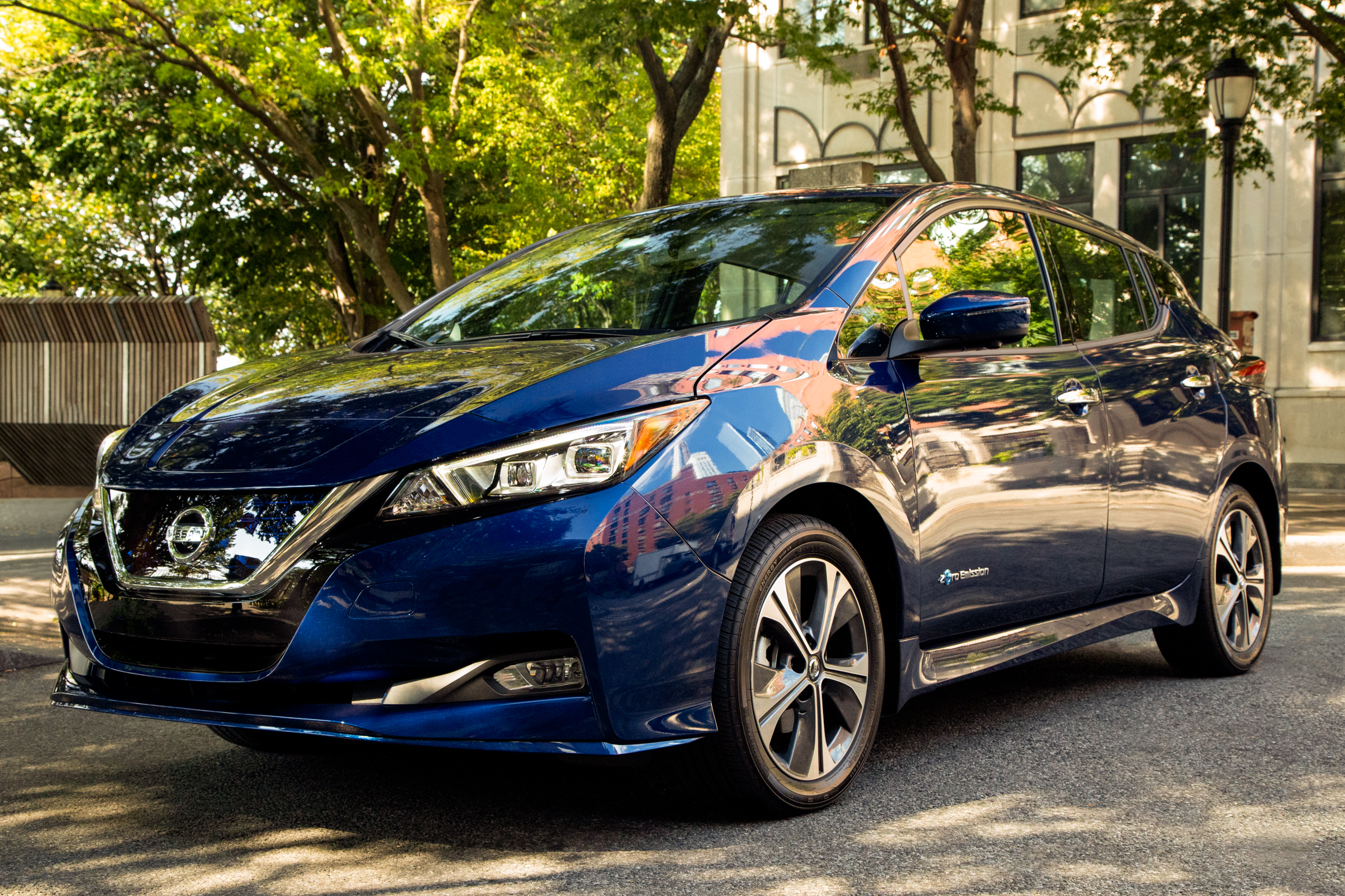- The 2019 Nissan Leaf SL Plus is the fanciest version of the vehicle that first appeared in 2010.
- Although over 300,000 Leafs have been sold worldwide, the electric car has always been held back by its range.
- The Leaf Plus, however, serves up 214 miles on a single charge and has a more powerful motor.
- At $44,000, the Leaf SL Plus is a bit pricey, but you can opt for a cheaper trim level.
- Overall, the Leaf SL Plus is a dandy EV; it’s well worth a look if you’re shopping for a new car.
- Visit Business Insider’s homepage for more stories.
Editor’s note: Business Insider will name its 2019 Car of the Year on November 23. Each day this week, we’re taking another look at the five vehicles that were runners-up selected from a pool of 16 finalists. The second vehicle is the 2019 Nissan Leaf SL Plus.
The Nissan Leaf was basically the first modern, mass-market, all-electric vehicle, beating the Tesla Model S to market by a few years.
When it launched, the Leaf had limited range and was sort of unimpressively designed, but there was a lot of buzz around EVs then. The Leaf was the cornerstone of a Nissan “Zero Emission” strategy.
Market reality hasn’t quite lived up to expectations, but Nissan has continued to improve the Leaf. The second-generation arrived for the 2018 model year, with an updated design. For 2019, Nissan rolled out the Leaf Plus, a version of the EV that could achieve up to 226 miles on a single charge.
Generally, a baseline 200-mile number is magical; it eliminates much of the "range anxiety" that consumers suffer from because it adds a decent buffer and reduces the need to frequently recharge the Leaf.
I tested the Leaf Plus for a week in the New Jersey suburbs and even took a ride to Brooklyn. I concluded that the Leaf Plus was very good, and thus we have named it a 2019 Car of the Year runner-up.
Here's now my test went:
Photos by Crystal Cox unless otherwise indicated.
Good day, 2019 Nissan Leaf SL Plus! Looking sharp in "Deep Pearl Blue."
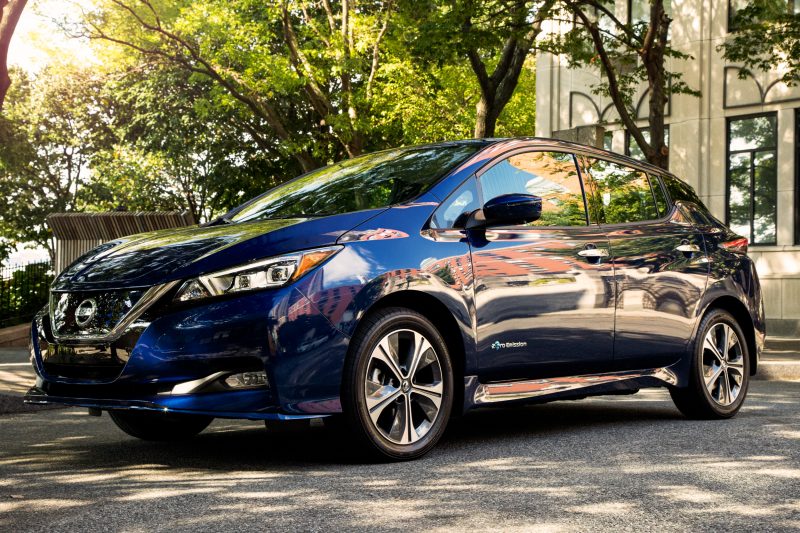
Pretty much the same Deep Pearl Blue as the Leaf that was a Business Insider Car of the Year finalist in 2018. That car had a single electric motor, producing 147 horsepower, a 40-kWh battery pack, and delivered 151 miles of range on a full charge.
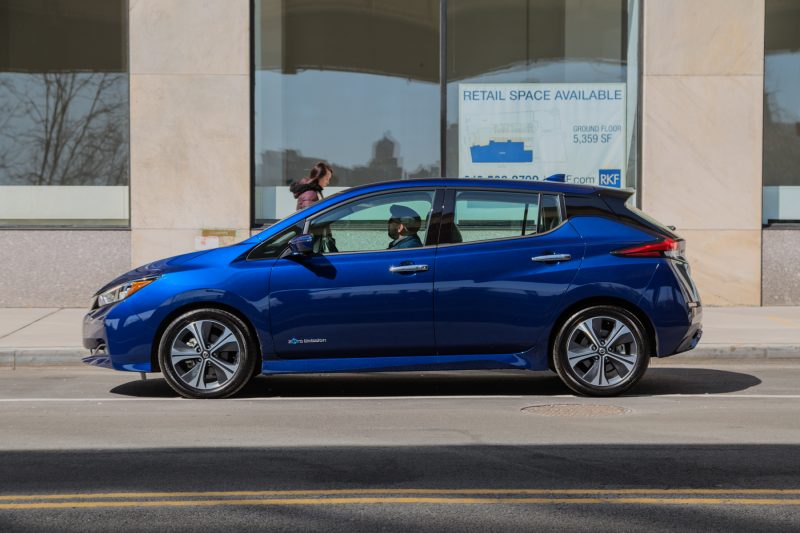
The Leaf is the top-selling EV globally, which makes sense as the car has been around since 2010. Over 300,000 have been sold.
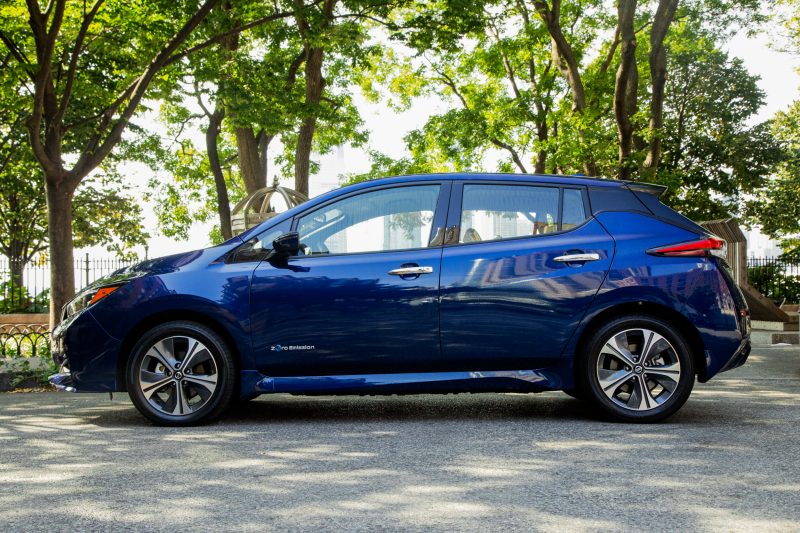
Our SL Plus trim level has a 62 kilowatt-hour battery. The larger pack adds roughly 70 miles of range compared to the standard Leaf's 151-mile battery.
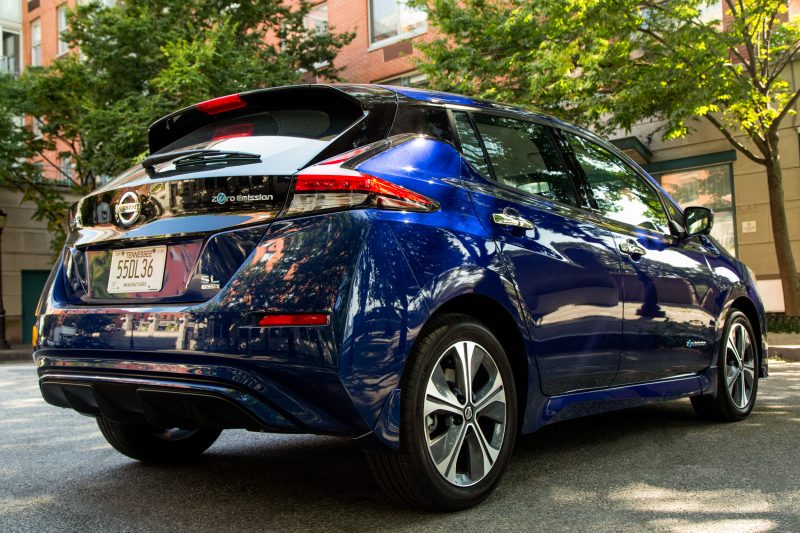
The 2019 Leaf, like the second-generation 2018 car, is much sleeker than the original. However, we're talking about a practical hatchback here, so let's not get too excited. Aerodynamics play a role in increasing EV range, so while the hatch design favors utility, the Leaf's front end has been engineered for airflow: the car has a 0.28 drag coefficient
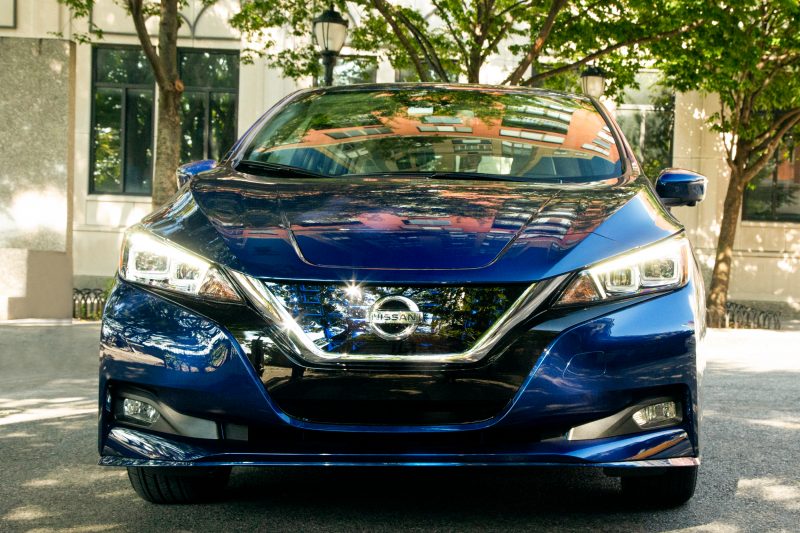
The goal when the Leaf was launched was for the Japanese automaker to embrace a "zero emission" future. It hasn't quite worked out that way, but the company is making progress, and the Leaf is still with us.
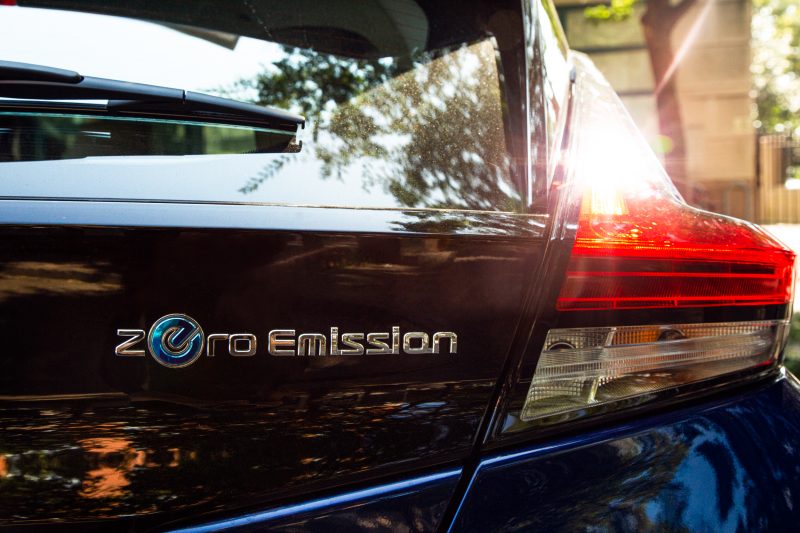
Hatchback silhouettes aren't typically associated with automotive aggression, and EVs tend to project a mostly virtuous vibe. But the Leaf's fascia is rather bold. The LED headlights are a standout feature.
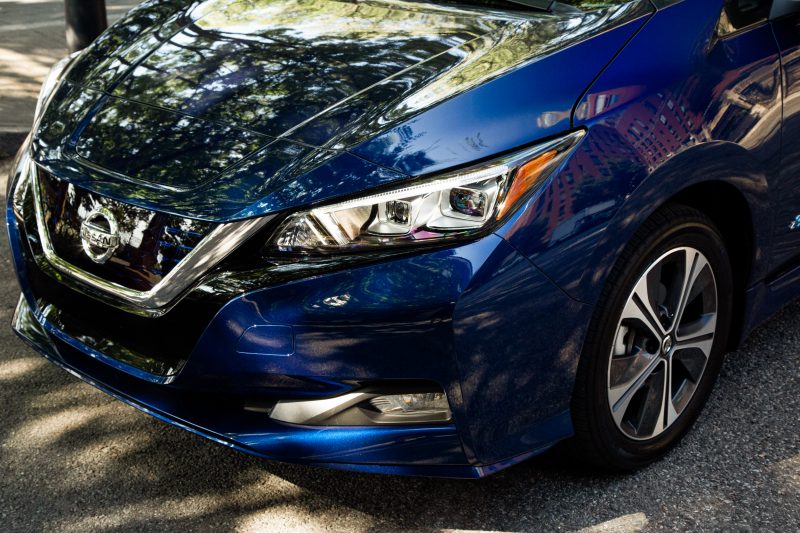
Overall, the Leaf projects a fairly European identity. That perhaps has turned off some US customers, who have basically abandoned small vehicles in favor of large SUVs and pickups.
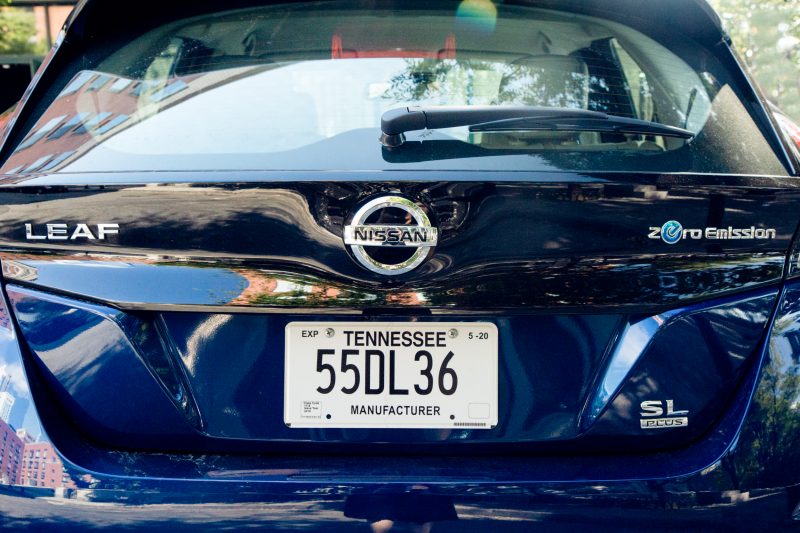
The Leaf's cargo area is an excellent 24 cubic feet, expandable to 30 with the rear seats dropped. The hatch's opening is a tad awkward, with a sort of oval shape.
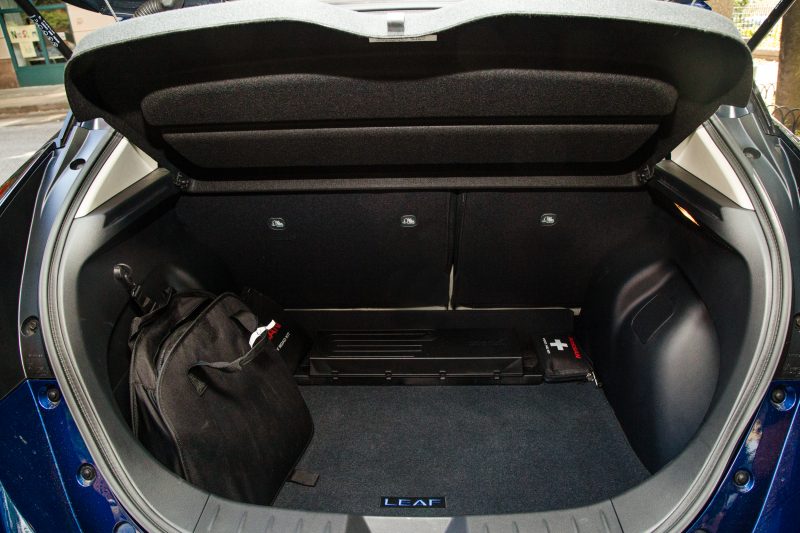
Charging is unchanged from the Leaf we tested in 2018, at least as far as the ports go. There are two, one for 240V "Level 2" charging and one for fast DC charging. Our Leaf SL Plus had a 160 kWh electric motor, making a juicy 214 horsepower with 250 pound-feet of torque.
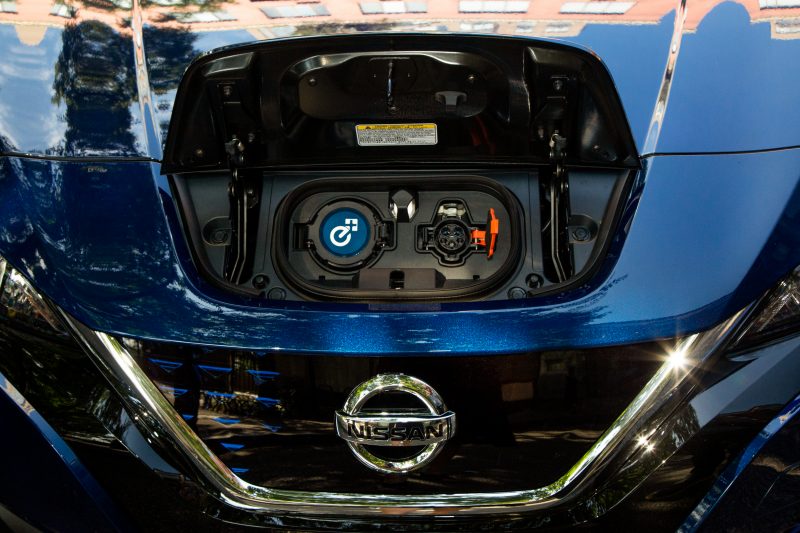
There's also an onboard charge cable for "trickle" top-offs using a regular wall outlet for 120V power. Using 240V, the Leaf Plus is back to 100% in 11.5 hours. Fast DC charging, however, can achieve 80% in 45 minutes.
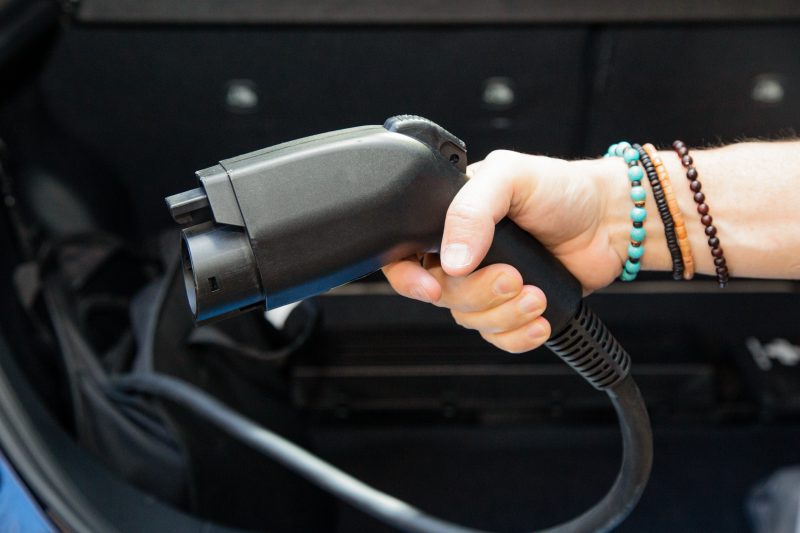
The Leaf has regenerative braking. And when the e-Pedal feature is engaged, it's possible to drive the car using motor braking almost alone, putting power back into the battery.
We used the ChargePoint network and did fine with two rounds of 240V charging over the course of a week. It's also possible to install your own 240V ChargePoint unit at home; one can be purchased for about $500, with installation handled by a qualified electrician.
We also used the Nissan Connect iPhone app to monitor charging and to manage climate control and vehicle diagnostics.
The Leaf's "Light Gray" interior was pleasant.
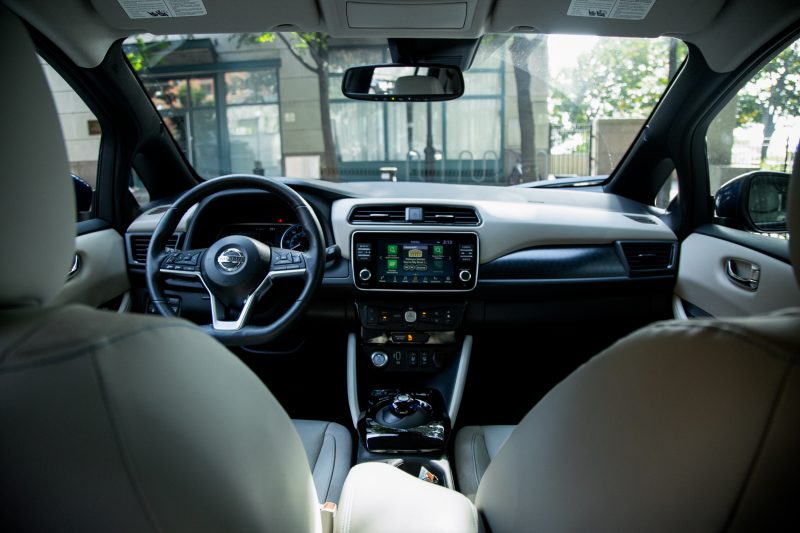
It was a bit shy of premium, but the seats were comfy, and there was a reasonable amount of space to stow small items.
The back seat was about average, space-wise, for the segment.
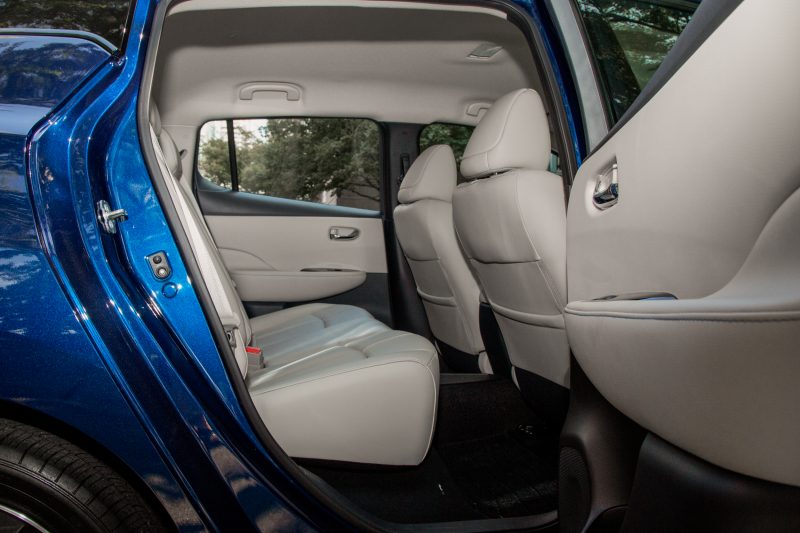
The Leaf has always received criticism for its "tweener" nature. It's not a luxury car, but it's also not barebones. I've always thought it hits a sweet-spot for customers who aren't wealthy but who have the means to invest in an EV.
The Leaf's eight-inch color infotainment display looks good, but we aren't the biggest fans of the system's layout. It is easy to use, and Bluetooth device-pairing is a snap. You also have available Apple CarPlay and Android Auto.
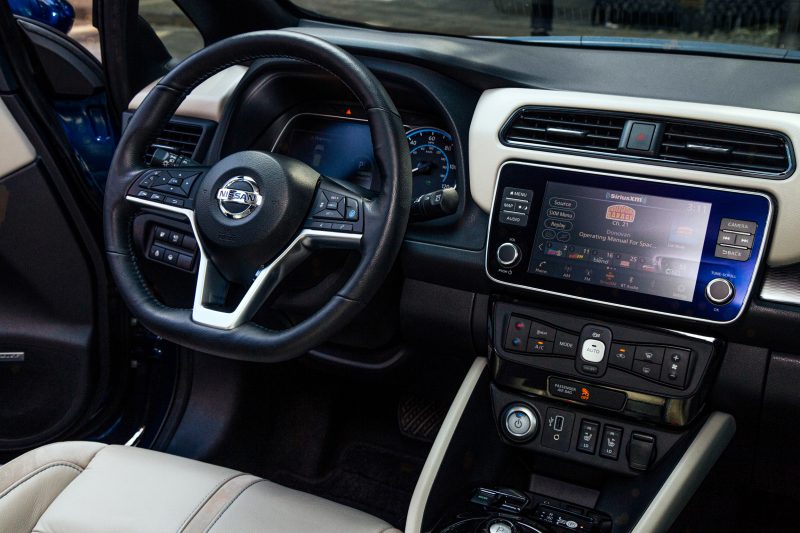
So what's the verdict on this 2019 Car of the Year runner-up?
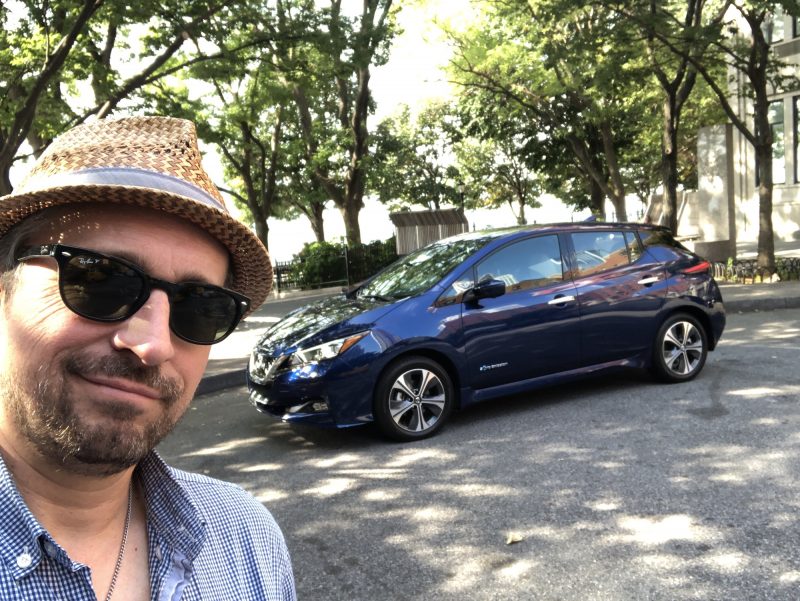
If you can afford the payments - which come in at about $670 a month, on a 72-month loan - you'll spend around $54 a month on electricity, according to Nissan and the US Department of Transportation and the EPA (the cost is based on 15,000 miles of annual driving). Gas could cost you more than twice as much, for a comparable petrol-burning machine.
The Leaf Plus is also still eligible for the $7,500 federal tax credit, as well as various state incentives.
AND you don't have to buy the top-spec SL trim, like our tester - you could opt for the $36,550 plain-old Plus and still get a 62-kilowatt-hour battery pack.
OK, you won't feel compelled to buy the Leaf Plus if your budget is more Nissan Versa Note, a $15,650 hatchback that runs on gas (but not much of it) and could be had for less than $250 a month. The 2020 Versa sedan starts even cheaper: less than $15,000.
Electric cars, of course, aren't cheap (although you can pick up a used Leaf from the previous generation for around $10,000). But if you have the means and are serious about making the transition from fossil fuels to EEE-lec-tricity for propulsion, the Leaf Plus's 226-miles range could flip your switch.
The 6.5-second 0-60 mph should also flip your switch. That's darn quick, for a car that outwardly resembles something you'd find parked on the streets of Paris and used mainly for baguette runs. My beef with the Leaf, compared to other EVs (Tesla's Model 3, the Chevy Bolt, and now a new generation of luxury vehicles, such as the Jaguar I-Pace) is that it felt solid yet sluggish. Against the Bolt, the shorter-range Leaf seemed to lack snap.
Not so anymore. The larger battery and more peppy motors have made the Leaf Plus feel downright sporty. My test car also included a suite of driver-assist and semi-self-driving features (Nissan's ProPilot, for example, which can handle steering assist), so the Leaf has become a rather complete package that, for $44,000 as tested, was genuinely packed with content.
So, the Big Question: Why aren't Leafs more popular? The answer is, to a degree, segmentation: Americans don't want small hatchbacks. Price is also an issue, as is charging infrastructure. And Leafs aren't exactly unpopular - Nissan has sold a very respectable number.
But the Plus-range trim does bring the mystery back into view. True, it can be a hassle to deal with "range anxiety" in sub-200-mile-range EVs. But the Leaf Plus provides a nice buffer, of around 50 miles. I figured that I'd charge a Leaf Plus, if I owned one, about once a week, maybe twice. With some planning, I could take it on a longer journey.
The Leaf Plus makes perfect sense for suburbanites who commute to big cities using public transportation, but who need a vehicle for around-town business and weekend duty. That's millions and millions and millions of people - an enticing addressable market. Yes, a lot of those suburbanites want a large SUV or minivan to haul around families. But they could get by with a Leaf. And besides, in this demographic, two cars in the driveway isn't uncommon.
This always happens when I test a capable, modern electric vehicle. I scratch my head. Oh well, it's better now than it was a decade ago. But I still don't get it.
In the meantime, if you need a new car, you owe it to yourself to check out the Leaf Plus. It's still among the best choices for EV buyers, even with a slew of new vehicles hitting the market. That's why it was a Car or the Year finalist in 2018 - and why it's advanced to runner-up status for 2019!

